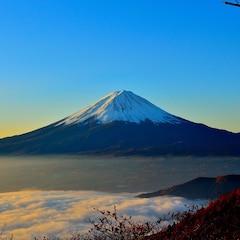Experimenting with Japanese Dyeing Techniques
That’s why I was more than thrilled when Tokyo Survival Channel invited me to participate in a natural dyeing workshop with Maito Design Works and challenged me to try the traditional dyeing technique at home.
By Tokyo Survival ChannelThe Dyeing Process

1. Starting with the dyeing process, Maito first mixed about 15 grams of aluminum mordant (a dye fixative) with roughly 3 liters of hot water in a dye tub. The dye tub was then placed over heat (at a temperature of about 70–80°C).
2. Once the aluminum solution achieved the desired temperature, he dipped a white piece of fabric in the solution for about 10 minutes. After that, the fabric was washed in clean water 2 or 3 times.
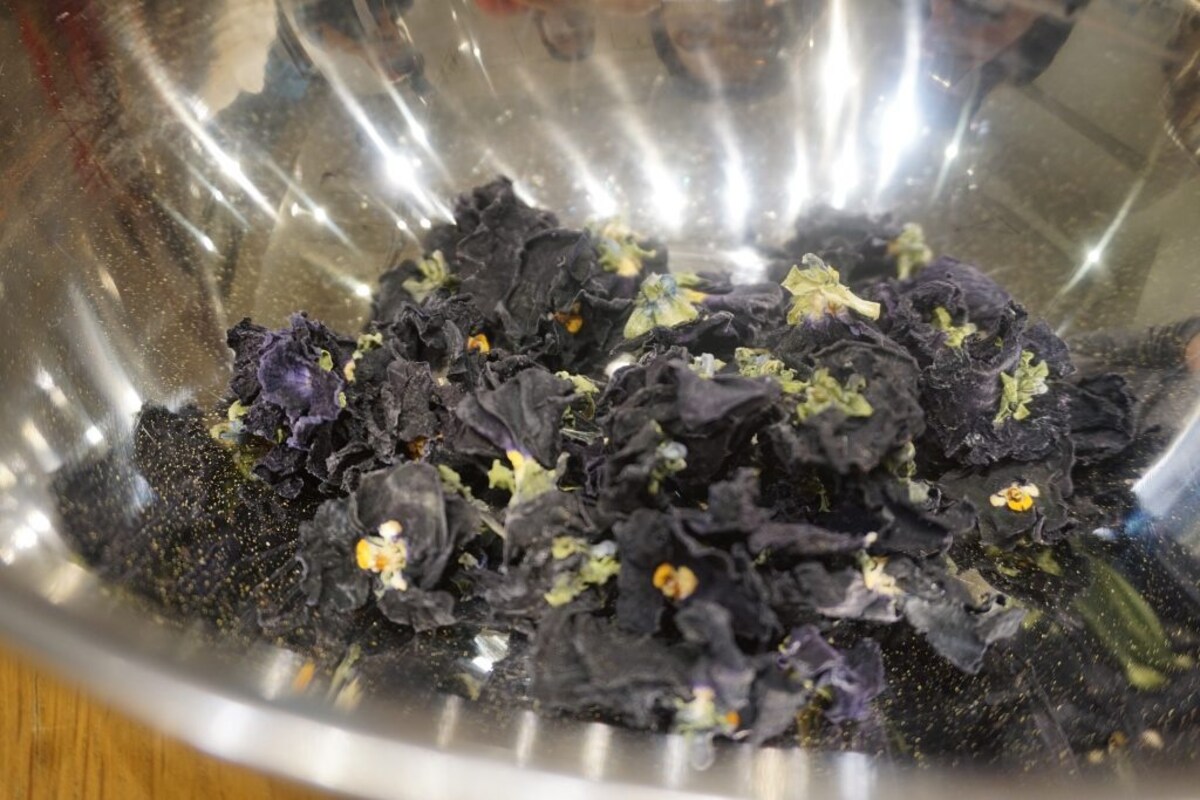
3. Then, Maito mixed beautiful dried flowers with water and simmered them for around 20–30 minutes.
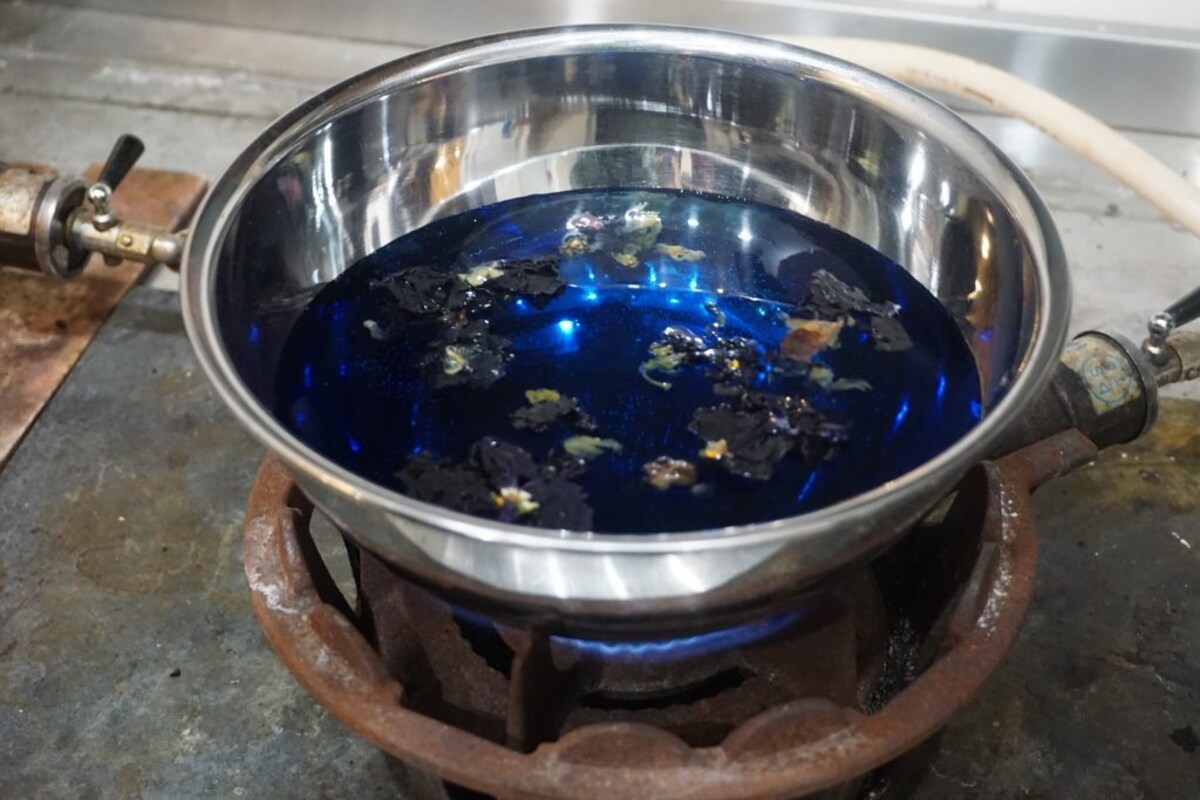
4. After that, he strained the colored solution in a separate dye tub.

5. Now, it was time to see how the dye worked on the prepared fabric. Maito decided to do a gradation for this scarf by dipping the fabric from one end in the colored solution and gradually pulling out a little fabric every few minutes to achieve an ombré effect.
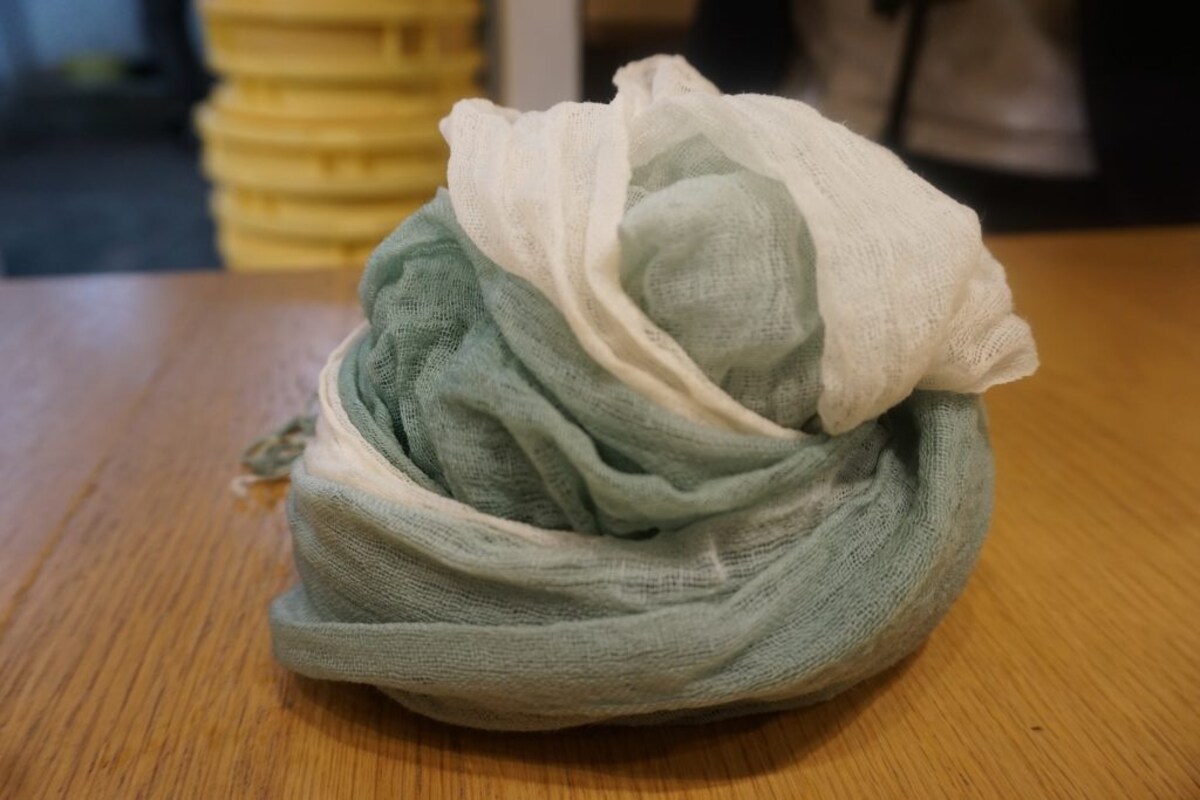
This is how the fabric looked after the first dip dye process. But Maito wasn’t done yet. He decided to add another color to the other half of the fabric to give it a vibrant look.
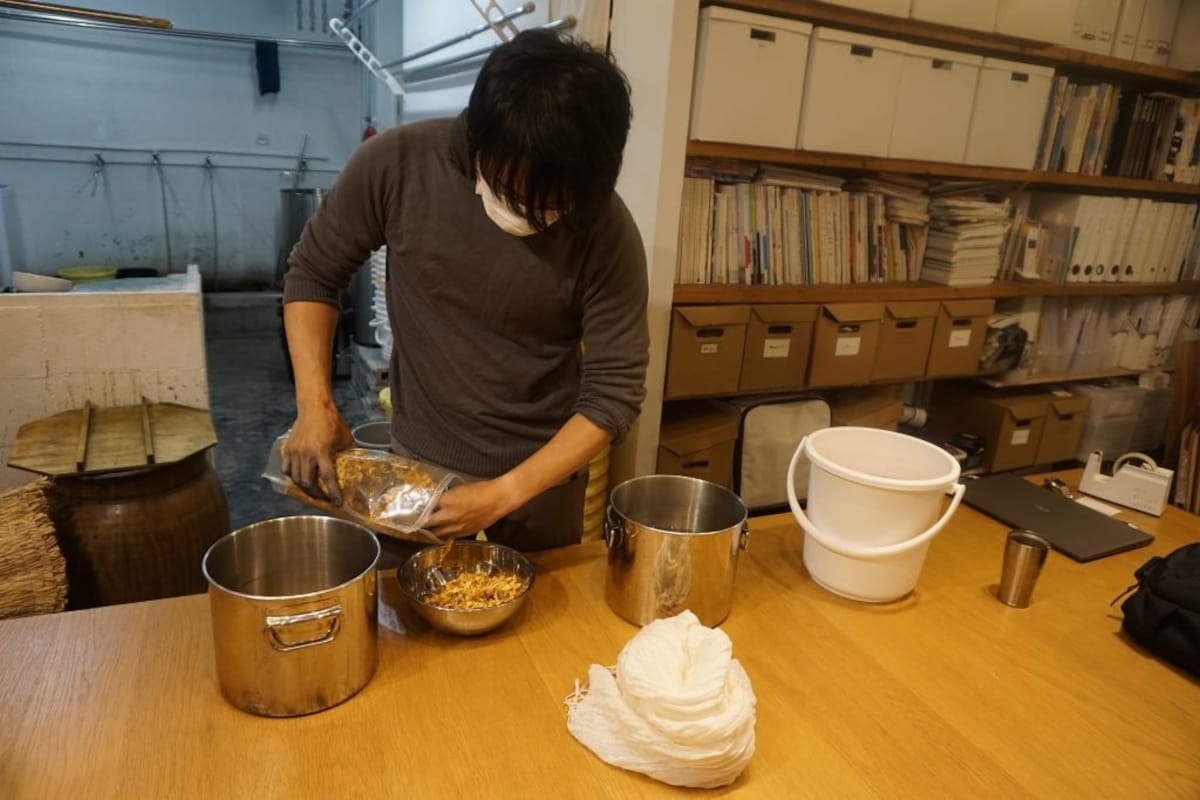
6. In the next step, he took a little dried sunflower powder in a dye tub and mixed it with already boiled water until a lovely color was achieved. He didn’t follow the simmering process as the color was already extracted from the flowers in powder form, so it could be directly mixed with water.
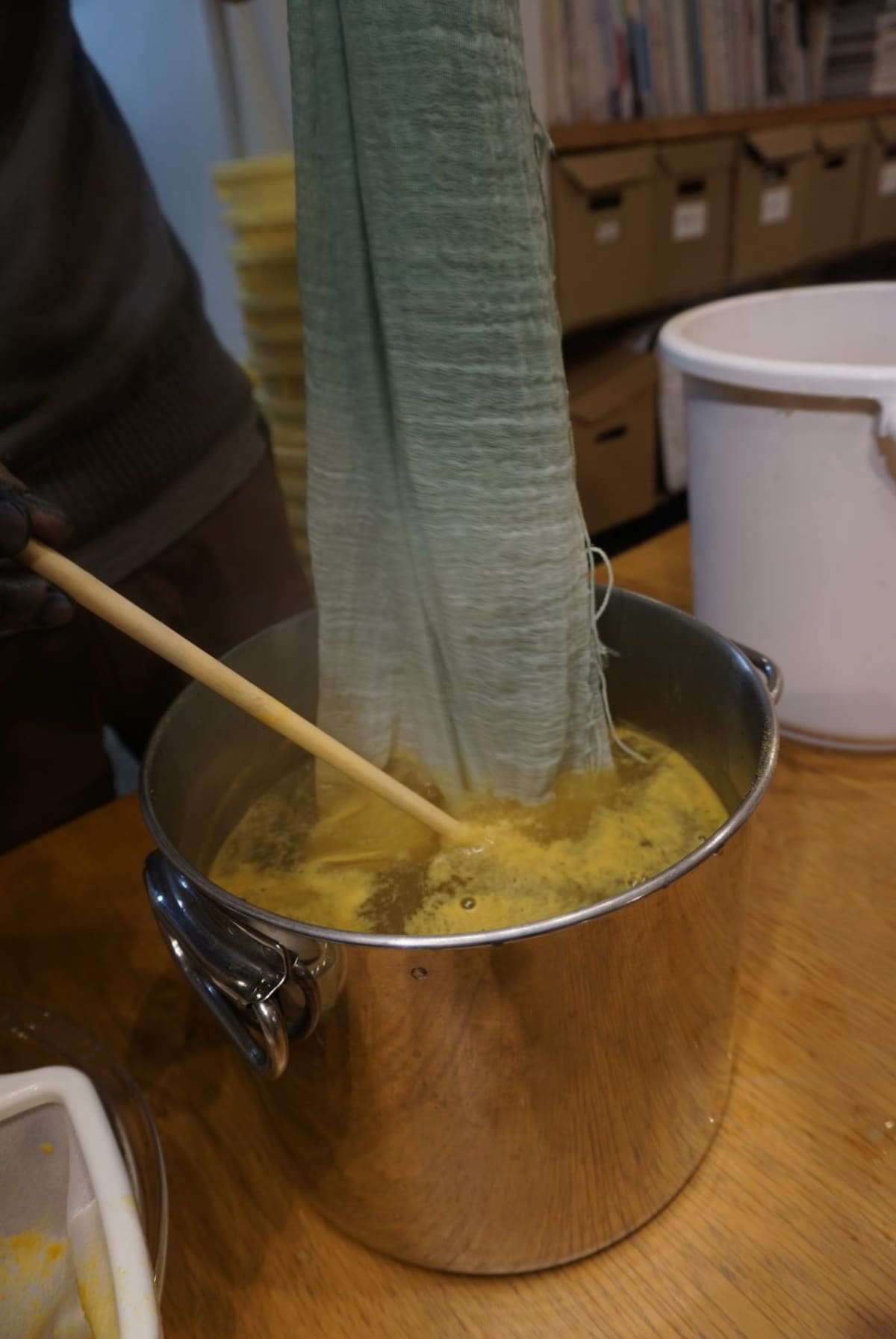
7. Again, he followed the dip dye method to achieve the gradation on the other half of the fabric.
And here are the results of the entire dyeing process.
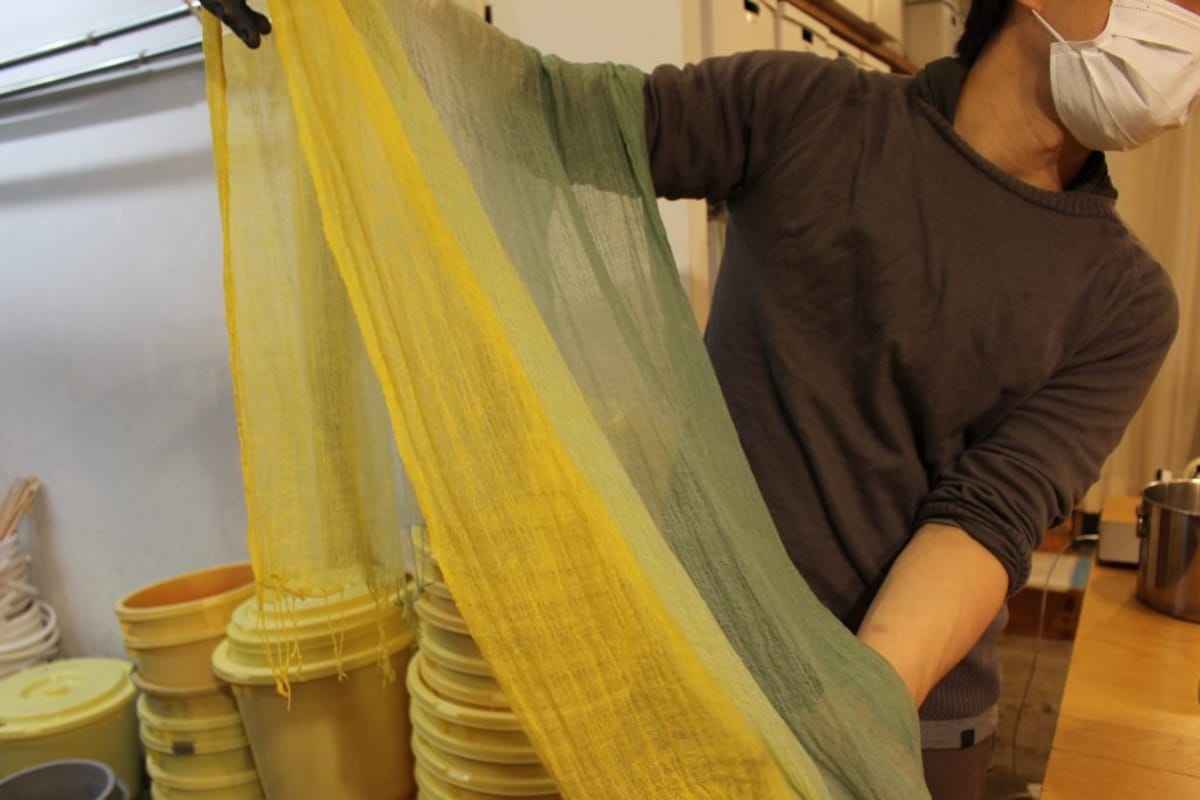
Doesn’t it look stunning? I couldn’t believe it came out so beautifully, and it reminded me of the dupattas we have back in India that use a similar dyeing process.
I truly thought this scarf looked and felt much better than the scarves I had seen (and even purchased at times) from high street fashion brands that use synthetic dyes.
The whole dyeing process and learning about the brand’s essence made me think about sustainable fashion in a whole new light. It’s not that I have never had the chance to buy naturally dyed fabrics, but it has always been easier to shop without reading the label or considering the manufacturing process.
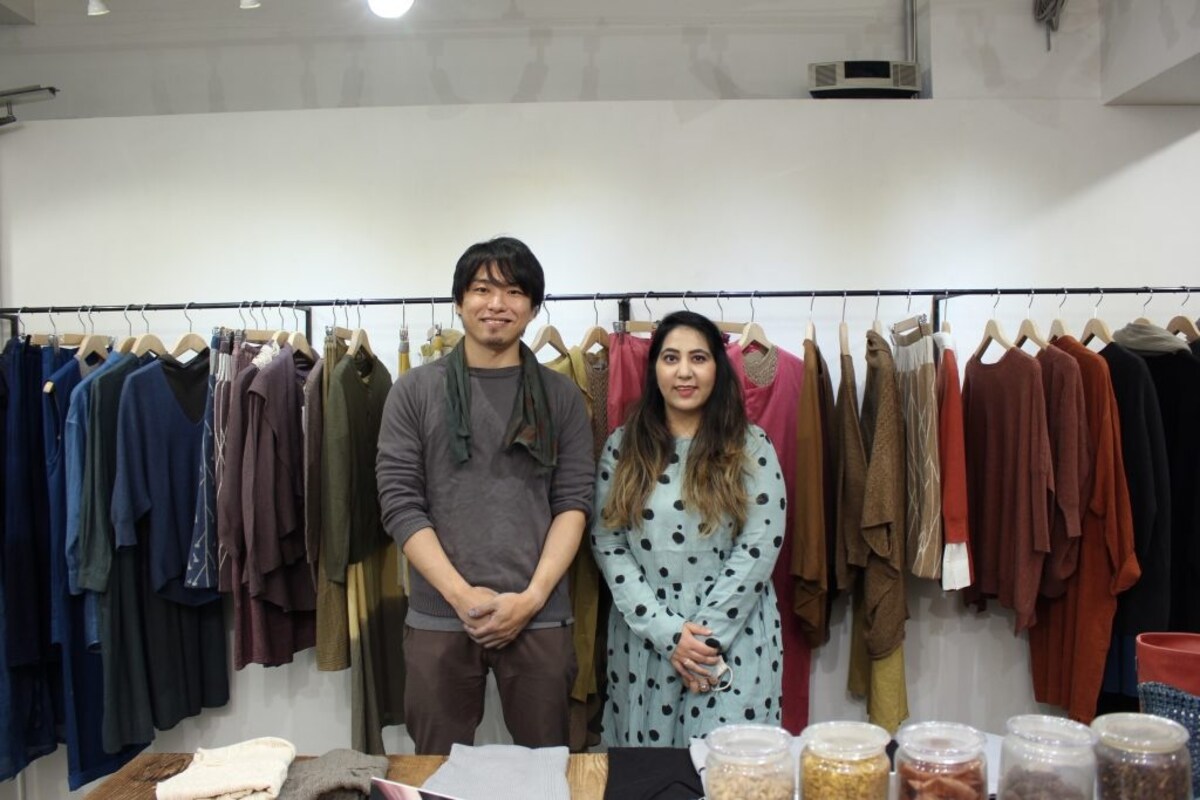
Now, I know I’ll think twice before buying any fashion product and make a conscious choice of picking brands that contribute towards the environment in one way or another.
With all the information I gathered in the few hours I spent at Maito Design Works, I came back home thinking about how to come up with my own naturally dyed creation.
Trying Natural Dyeing at Home
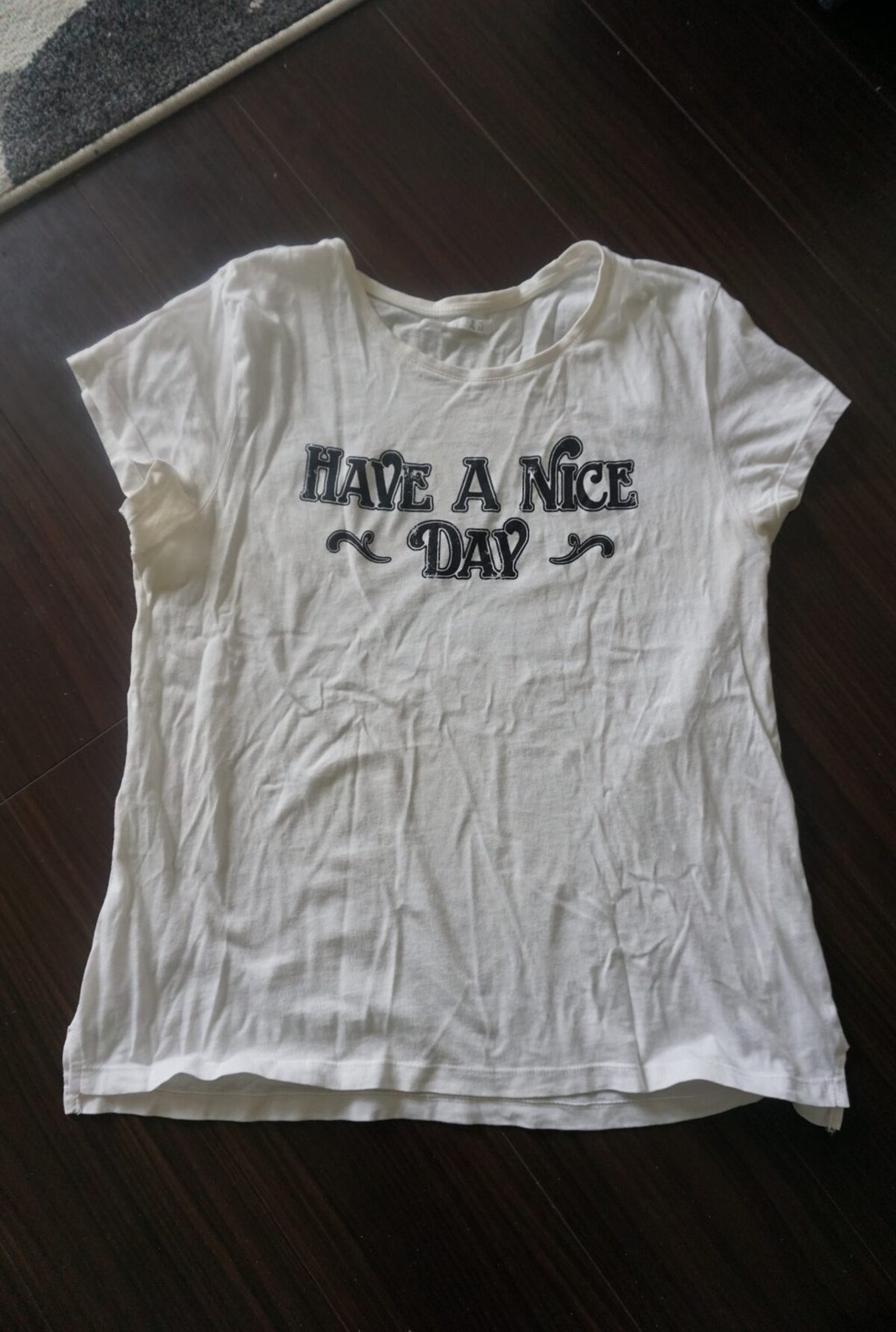
Looking at my wardrobe, I came across a few white t-shirts that I had stopped wearing because they were either worn out or I was bored with their style. So, I decided to pick a tee, which was a gift from my husband that I couldn’t bear to throw away, and was gathering dust in my closet.
I envisioned doing a vibrant two-color ombré effect, similar to Maito’s scarf. The first step was to gather all the raw materials I needed for the dyeing process....
Check out the full challenge on Tokyo Survival Channel!


